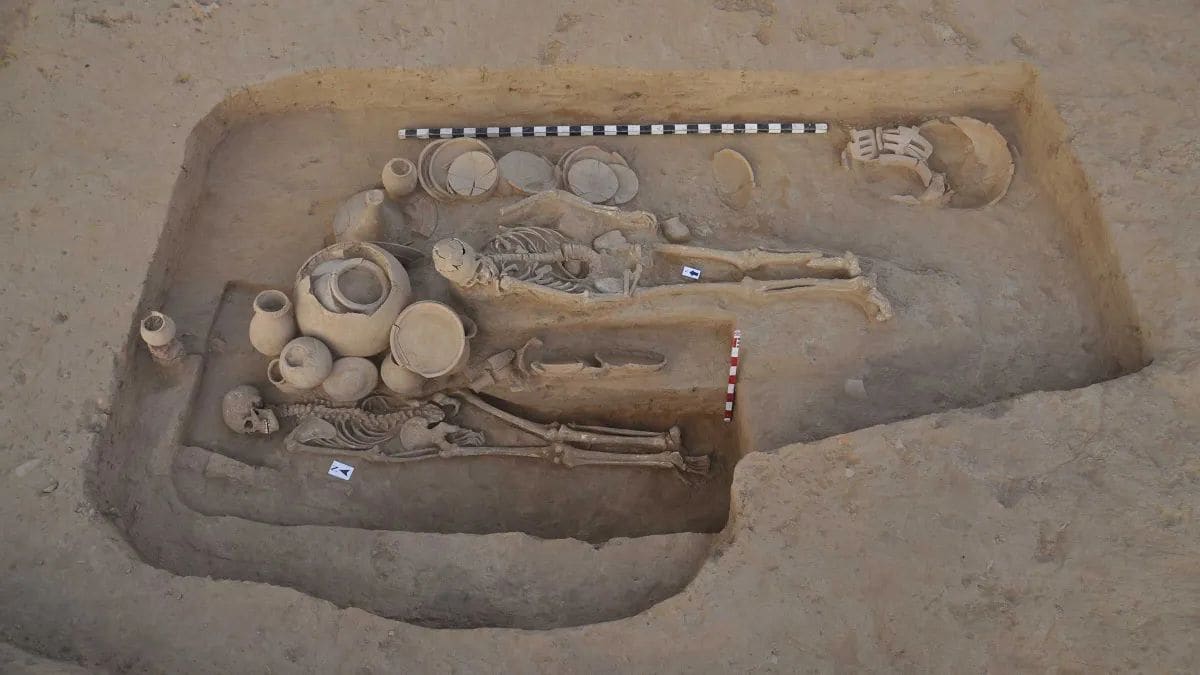A recent study conducted by researchers from The University of Texas, Austin and the University of California, Los Angeles, has given significant insights into how ancient European populations adapted to their environments over 7,000 years. Published in Nature Communications, the research utilized ancient DNA from skeletal remains, applying advanced statistical techniques to detect genetic changes that are absent in modern populations. The analysis spanned historical periods from the Neolithic to the late Roman era, examining over 700 samples sourced from archaeological sites across Europe and parts of modern Russia.
Revealing Evolutionary Changes
Lead researcher Vagheesh Narasimhan, Assistant Professor of Integrative Biology and Statistics at UT Austin, highlights the significance of the study, stating that ancient DNA provides a direct glimpse into historical populations, bypassing the limitations of modern genetic analyses. Subtle genetic adaptations, often obscured by recombination or population mixing in contemporary genomes, were revealed through the study's novel methodology.
Key Genetic Adaptations Identified
The findings identified 14 key genomic regions subjected to significant natural selection across different time periods. Traits associated with vitamin D synthesis and lactose tolerance were among those that became prominent during later eras. These adaptations likely played a crucial role in aiding survival in less sunny climates and during periods of food scarcity when dairy products became a vital nutrition source.
Immune Responses and Agricultural Shifts
Selective pressures on immune-related genes were also observed, particularly as populations faced new diseases with the advent of agriculture and societal changes. However, nearly half of the adaptive signals detected in the earliest periods were found to have vanished over time due to factors such as genetic drift or inter-population mixing.
The research sheds light on how environmental challenges shaped human evolution and the eventual disappearance of once-advantageous traits. By studying ancient DNA, the historical dynamics of human adaptation are being pieced together, offering a clearer picture of our evolutionary past.


